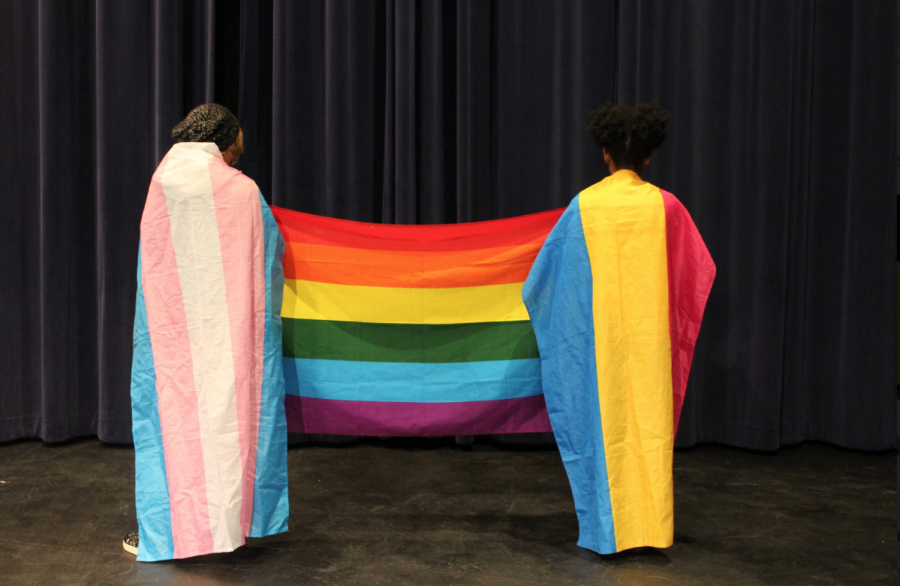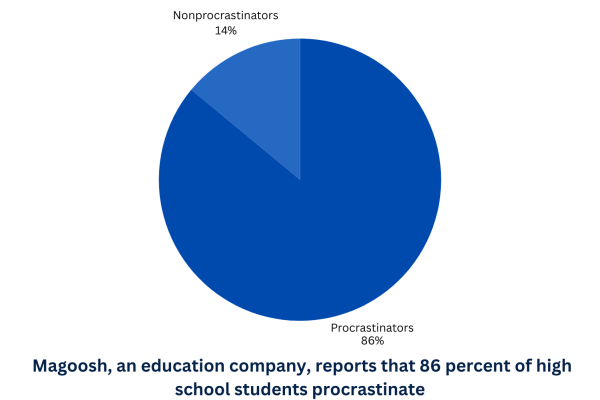The Right to Remain Fluid
The right to define, redefine and explore one’s identity is something everyone possesses, regardless of what part of their identity it is. Sexuality is no different. As one goes through life, has more experience and grows as an individual, it is natural to see one’s attraction shift.
In the “Accelerating Acceptance” study done by the Gay & Lesbian Alliance Against Defamation (GLAAD) in 2017, 20 percent of people ages 18-35 identified as LGBTQ+. This means that you likely know at least one person who identifies as something other than straight, which encompasses a wide variety of varying degrees of attraction to different genders.
According to the Kinsey Scale, developed by Alfred Kinsey, founder of the Institute for Sex Research at Indiana University and a prominent mid-20th century sexologist, all human sexuality exists on a scale, which ranks human sexuality from exclusively homosexual to exclusively heterosexual. These are separated by varying bisexual tendencies (degrees of being more or less attracted to one gender than the other). In addition to this is “X,” which is the lack of sexual response, also known as asexual.
There isn’t a test that will tell one where they fall on the Kinsey Scale; our sexualities are entirely up to our perceptions. Discovering what one’s sexuality is can be a process of trial and error with dating, self-questioning or even knowing since childhood, which is to say: there is no one way to come out.
The process of discovering one’s sexuality is not a finite process. If someone determines themselves to be heterosexual but then finds themselves attracted to someone of the same gender, those feelings aren’t invalid. Sexuality, as it turns out, is not set in stone. Very few people, according to the Kinsey Reports, are wholly heterosexual or homosexual. This means that even if one identifies as heterosexual, it is still likely for one to experience attraction to their own gender. A label is just a way to help understand attraction, it does not dictate it and it isn’t always
This lack of experimentation and questioning can possibly be attributed to the perception of sexual identity being non-evolving; if you come out as one thing, you can’t later come out as something else. There is an expectation for people who identify as non-straight to, for lack of better term, get their identity right the first time. What this means is that, if you come out as gay, there is an expectation that you will stay that way.
As someone who has reconsidered and redefined their own sexuality, this feeling of confusion is something I can empathize with. The expectation to put a label on a feeling is daunting and can be a confusing process. However, throughout the course of many people’s lives, they’ll go through the entirety of their life without questioning their sexuality or experimenting. This is totally natural as well.
This, truly, is unrealistic. The right to define, redefine and explore one’s identity is something everyone possesses, regardless of what part of their identity it is. Sexuality is no different. As one goes through life, has more experience and grows as an individual, it is natural to see one’s attraction shift. Like many things humans feel, sexuality is not consistent throughout one’s life. And like any sexuality, being sexually fluid is not a choice.
In 2018, it isn’t as big of a deal to identify as LGBTQ+ as it once was, with marriage equality now legal and a growing social conscious about LGBTQ+ issues and the acceptance of people identifying as non-straight. As this is accepted more and more, it is natural for more people to question their sexuality or find that it doesn’t have a defined shape, that it might fluctuate or change or not be totally strict.
This is sexual fluidity.
It is not being greedy or a state of being unsure about one’s sexuality. It is simply when one has an undefined sexuality — they could find their attraction fluctuates over time or is entirely dependent on the person and is not affected by gender.
With growing acceptance of LGBTQ+ identities and as more people begin to question their identity, the use of defined labels such as “gay” and “straight” are becoming less and less popular, and more people are identifying as fluid or simply choosing not to label themselves at all.









